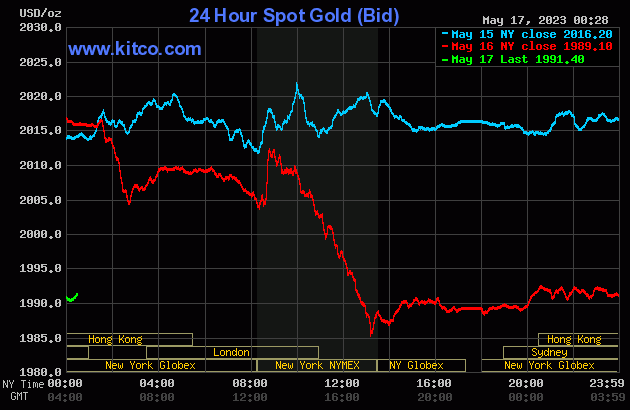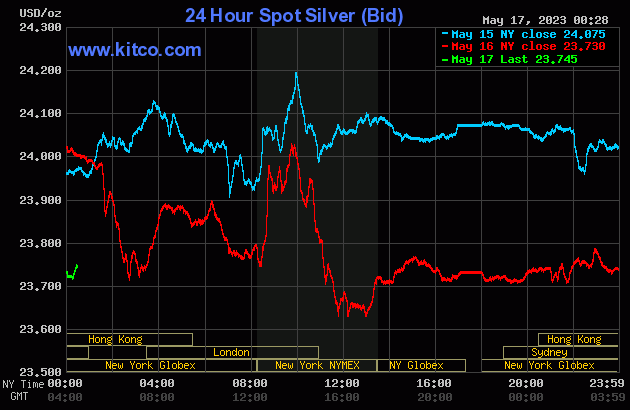Ethereum News Today: Latest Developments and Market Updates
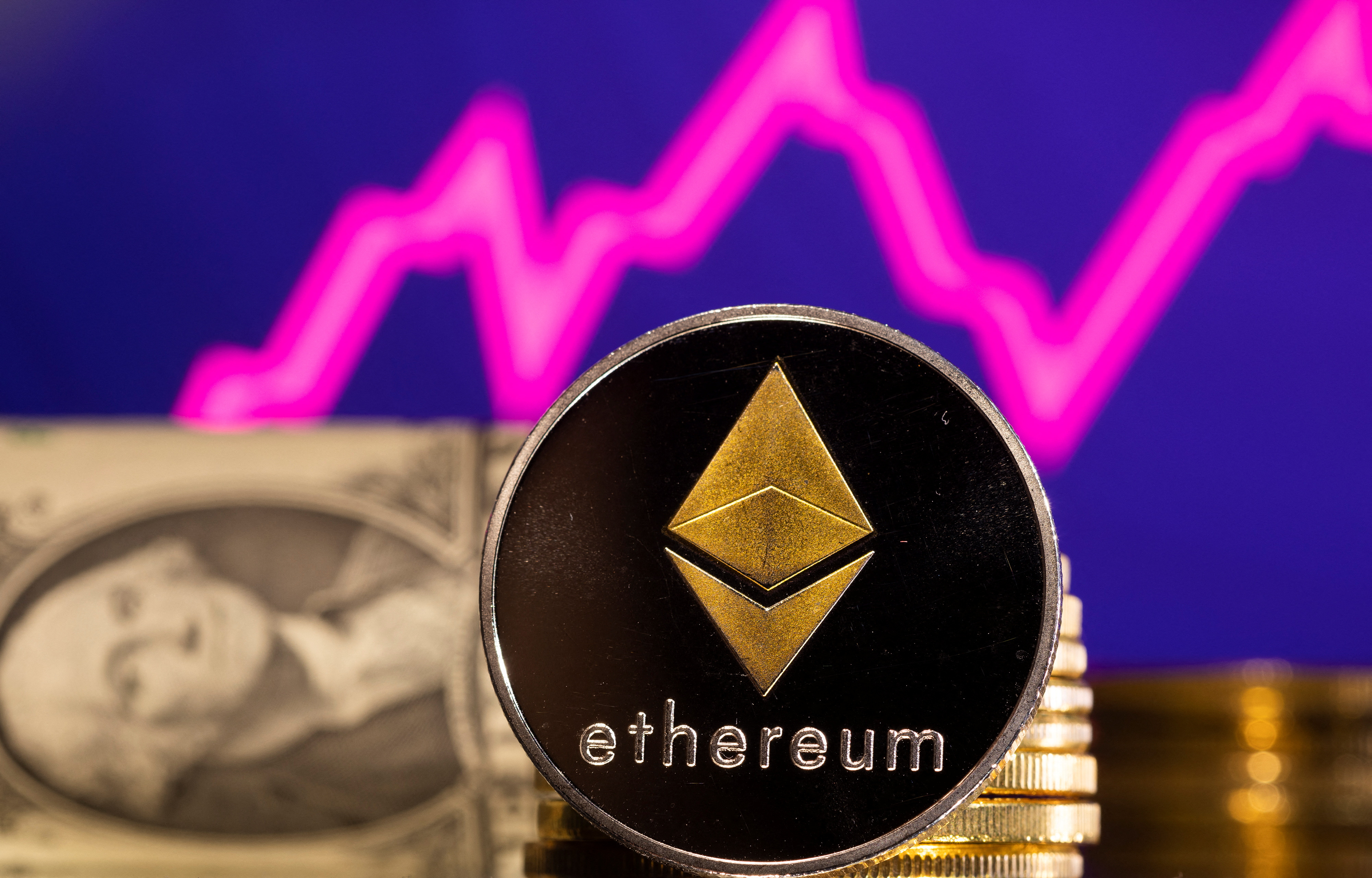
As we delve into the world of cryptocurrency, Ethereum (ETH) stands out as one of the most innovative blockchain technologies in the market today. Ethereum has been making headlines, with its value and market cap steadily increasing over the years, making it a major player in the crypto space.
Ethereum has been the driving force behind the development of smart contracts and decentralized applications (dApps) that have revolutionized the way we conduct transactions. Ethereum's blockchain technology has also been the backbone of the creation of non-fungible tokens (NFTs), which has taken the art world by storm.
With Ethereum 2.0 upgrade, the blockchain is transitioning from a proof-of-work (PoW) to a proof-of-stake (PoS) consensus mechanism, which promises to be more energy-efficient and faster. This upgrade has been highly anticipated by the crypto community, and we can't wait to see how it will impact the market. Stay tuned for the latest Ethereum news, updates, and developments as we continue to explore this exciting technology.
Ethereum News Today
We have gathered the latest Ethereum news for you. Here are some of the most important developments in the world of Ethereum:
-
Ethereum Price Update: As of May 19, 2023, Ethereum is trading at $1,806.44, according to Forbes. This represents a 0.38% increase over the past 24 hours.
-
Crypto Market Sell-Off: Ethereum is not immune to the recent crypto market sell-off. On May 18, 2023, Ethereum dropped 7% amid wider crypto sell-off as traders assessed rate uncertainty, according to Business Insider.
-
Paul Tudor Jones on Bitcoin and Crypto: Legendary billionaire investor Paul Tudor Jones has recently expressed his concerns about the future of Bitcoin and crypto. In an interview with Forbes, he said that the 2022 crypto market crash that wiped away $2 trillion of value and plunged many major crypto companies into chaos, has galvanized U.S. regulators and lawmakers to take action.
-
Ethereum Price Prediction: According to MarketBeat, Ethereum is currently trading at $1,801.33, which represents a 1.30% decrease over the past 24 hours. The 1-hour range is $1,800.44 to $1,809.00, while the 24-hour range is $1,800.44 to $1,809.00. The 7-day range is $1,739.01 to $1,847.93.
-
Crypto Bulls Alert: According to ETHNews.com, crypto bulls are alert as Ethereum and altcoin teeter on the edge of a spectacular rally, hinging on ETH's price target.
That's it for our Ethereum news update. Stay tuned for more breaking news and updates on Ethereum and the crypto market.
Ethereum Price Update
As of today, May 19, 2023, the Ethereum price is $1,808.90 USD, according to CoinMarketCap. This represents a 0.78% decrease in the last 24 hours. The market cap of Ethereum stands at $217,573,557,112 USD, making it the second-largest cryptocurrency by market cap.
Recently, Ethereum has experienced a surge in price, almost doubling since falling to lows of around $15,000 per Ethereum late last year. This surge in price has been driven by a variety of factors, including increased adoption and usage of the Ethereum network, as well as increased interest from institutional investors.
Despite the recent price surge, it is important to note that the cryptocurrency market can be volatile, and prices can fluctuate rapidly. It is always important to do your own research and invest wisely.

Overall, we are keeping a close eye on the Ethereum price and market cap, and will continue to provide updates as the situation develops.
Ethereum 2.0 Upgrade
As of May 19, 2023, Ethereum has undergone a major upgrade to Ethereum 2.0. This upgrade is designed to improve the scalability, security, and sustainability of the Ethereum network. In this section, we will discuss the Beacon Chain, which is a key component of the Ethereum 2.0 upgrade.
Beacon Chain
The Beacon Chain is the backbone of the Ethereum 2.0 upgrade. It is a proof-of-stake blockchain that is responsible for managing validators and organizing shards. Validators are responsible for proposing and attesting to blocks on the Ethereum network. Shards are smaller chains that are designed to increase the scalability of the Ethereum network.
The Beacon Chain introduces several new features to the Ethereum network, including:
- Proof-of-Stake: The Beacon Chain uses a proof-of-stake consensus mechanism, which is more energy-efficient than the proof-of-work mechanism used by the current Ethereum network.
- Sharding: The Beacon Chain introduces sharding, which allows for parallel processing of transactions and improves the scalability of the Ethereum network.
- Validator Rewards: Validators are rewarded for participating in the network and helping to secure the Ethereum network.
The Beacon Chain is an important component of the Ethereum 2.0 upgrade. It is designed to improve the scalability, security, and sustainability of the Ethereum network. Validators play a critical role in the Beacon Chain, and they are rewarded for their participation in the network. With the introduction of sharding and proof-of-stake, Ethereum is poised to become a more efficient and scalable blockchain platform.
Decentralized Applications and Smart Contracts
Dapps
Decentralized Applications (Dapps) are digital applications that run on a blockchain network. These applications are designed to be decentralized, meaning that they do not rely on a central authority to function. Instead, they are built on a distributed network of computers that work together to maintain the application.
Dapps are built using smart contracts, which are self-executing contracts with the terms of the agreement between buyer and seller being directly written into lines of code. Smart contracts enable Dapps to operate autonomously, without the need for intermediaries.
One of the main advantages of Dapps is that they are highly secure and transparent. Since they are built on a blockchain network, all transactions are recorded on the blockchain and can be accessed by anyone. This makes it difficult for anyone to tamper with the data or manipulate the system.
Dapps can be used for a wide range of applications, from finance and gaming to social media and healthcare. Some of the most popular Dapps include:
- CryptoKitties: a game where users can buy, sell, and breed virtual cats using cryptocurrency.
- Augur: a prediction market platform where users can bet on the outcome of events.
- Golem: a decentralized computing network that allows users to rent out their computer processing power.
Overall, Dapps are an exciting development in the world of blockchain technology. They offer a range of benefits, from increased security and transparency to greater autonomy and decentralization. As the technology continues to evolve, we can expect to see even more innovative Dapps being developed in the years to come.
Ethereum Transactions and Fees
When it comes to Ethereum transactions, there are a few things that we need to keep in mind. Ethereum transactions are essentially messages that are sent from one account to another. These messages can contain different types of information, such as the amount of Ether being transferred, the recipient's address, and other data.
The Ethereum network processes these transactions in a decentralized manner, which means that there is no central authority controlling the network. Instead, the network is maintained by a group of nodes that work together to validate and process transactions.
One thing that we need to keep in mind is that Ethereum transactions require a fee to be paid. These fees are known as "gas" and are paid by the participants in Ethereum transactions. The fees associated with Ethereum transactions are typically much lower than those associated with Bitcoin transactions. However, the fees can still vary depending on the network's congestion and the complexity of the transaction.
To get a better understanding of the fees associated with Ethereum transactions, let's take a look at some recent data. According to CryptoQuant, the average fee per transaction on the Ethereum network was around $20 on May 8th, 2023. However, this can vary significantly depending on the network's congestion and other factors.
To ensure that your Ethereum transactions are processed quickly, it's important to pay attention to the current gas prices and adjust your fees accordingly. You can use various tools and services to monitor gas prices and optimize your fees.
In conclusion, Ethereum transactions are an essential part of the Ethereum network, and fees are an important aspect to consider. By understanding how transactions and fees work, we can make informed decisions and ensure that our transactions are processed quickly and efficiently.
Ethereum Security and Updates
Ensuring the security of the Ethereum network is our top priority. We are constantly working to improve the security of the network and protect our users from potential threats. Here are some of the updates we have implemented recently:
-
Shanghai Upgrade: The Shanghai hard fork, also known as "Shapella," has been completed, bringing a new era of staking withdrawals for users who have locked up their Ether. This upgrade has also brought significant improvements to the network's security and stability.
-
Account Abstraction: We are currently working on implementing account abstraction, which will allow users to interact with smart contracts without having to own Ether. This update will make the network more accessible and user-friendly, while also increasing security.
-
Amazon Hardware Security Modules: A new wallet has been developed that uses Amazon hardware security modules to eliminate seed words. This will provide an additional layer of security for users' funds.
In addition to these updates, we are constantly monitoring the network for potential security threats and taking proactive measures to mitigate them. We encourage our users to take steps to protect their own security as well, such as using strong passwords and enabling two-factor authentication.
We believe that these updates and our ongoing commitment to security will help to ensure the long-term success of the Ethereum network.

Ethereum and Blockchain Technology
As we all know, Ethereum is a decentralized, open-source blockchain platform that enables developers to build decentralized applications (dApps) and smart contracts. Ethereum is powered by its native cryptocurrency, Ether (ETH), which is used to facilitate transactions and pay for computational services on the network.
The Ethereum blockchain is built on the principles of decentralization, transparency, and security. It is designed to be a global, peer-to-peer network that enables anyone to build and deploy decentralized applications without the need for intermediaries or centralized authorities.
One of the key features of Ethereum is its support for smart contracts. Smart contracts are self-executing contracts that automatically enforce the terms of an agreement between two or more parties. They are written in code and run on the Ethereum blockchain, which ensures that they are tamper-proof and transparent.
Ethereum also supports the development of decentralized autonomous organizations (DAOs), which are organizations that are run by computer code and operate without the need for a central authority.
The Ethereum blockchain is also a key component of the Web3 ecosystem, which is a decentralized web that is built on top of blockchain technology. Web3 enables developers to build decentralized applications that are more secure, transparent, and efficient than traditional web applications.
In addition to its support for smart contracts and decentralized applications, the Ethereum blockchain also supports opcodes, which are instructions that are executed by the Ethereum Virtual Machine (EVM). Opcodes enable developers to write complex smart contracts and dApps that can interact with the Ethereum blockchain in a variety of ways.
Overall, Ethereum and blockchain technology are revolutionizing the way we think about trust, security, and decentralization. As the world becomes more decentralized, we believe that Ethereum will continue to play a key role in shaping the future of blockchain technology.
Cryptocurrency and ICO News
As we keep an eye on the Ethereum market, it's important to also stay up-to-date with the latest cryptocurrency and ICO news. Here are some highlights:
- Bitcoin, the most well-known cryptocurrency, has seen a steady rise in value over the past few months. As of today, it is valued at over $40,000 per coin.
- In the ICO world, there has been a recent trend towards launching on multiple blockchains. This allows for greater flexibility and reach for investors.
- There has also been increased scrutiny from regulatory bodies towards ICOs. It's important for investors to do their due diligence and research any ICO before investing.
- The rise of NFTs (non-fungible tokens) has been a major topic in the cryptocurrency world. These unique digital assets have been selling for millions of dollars, and have even caught the attention of mainstream media.
- The environmental impact of cryptocurrency mining has also been a hot topic. Many cryptocurrencies, including Ethereum, are working towards more sustainable mining practices.
Overall, it's important to stay informed about the broader cryptocurrency and ICO landscape in order to make informed decisions about Ethereum and other investments.
Ethereum Staking and Collateral
We believe that Ethereum staking and collateral are two of the most important concepts that any investor or trader should be familiar with. In this section, we will explain what these terms mean and why they are relevant to the Ethereum ecosystem.
Staking
Staking refers to the process of locking up a certain amount of Ethereum (ETH) in order to participate in the network's consensus mechanism. Under Proof of Stake (PoS), validators, also known as stakers, are responsible for validating transactions and creating new blocks on the blockchain. In exchange for their work, they receive rewards in the form of newly minted ETH.
The benefits of staking are clear: it provides a way for investors to earn passive income on their holdings, and it also helps to secure the network by incentivizing validators to act in the best interests of the system. However, staking also carries some risks. For example, stakers may be penalized if they fail to validate transactions correctly or if they act in a way that is harmful to the network.
Collateral
Collateral refers to the amount of ETH that stakers must lock up in order to participate in the network. The collateral serves as a guarantee that validators will act in the best interests of the system, as they stand to lose their stake if they act maliciously.
The amount of collateral required to become a validator varies depending on the network and the current market conditions. In some cases, the collateral may be as low as a few hundred dollars, while in other cases it may be tens of thousands of dollars or more.
Overall, we believe that staking and collateral are two key concepts that anyone interested in Ethereum should be familiar with. While staking provides a way to earn passive income on your holdings, it also carries risks, and collateral serves as a guarantee that validators will act in the best interests of the network.
Non-Fungible Tokens and Ethereum
Non-Fungible Tokens, or NFTs, have become a hot topic in the world of cryptocurrency and blockchain technology. These unique digital assets are indivisible and cannot be exchanged for another asset of the same type. Instead, they can only be transferred in exchange for some sort of money, typically in the form of cryptocurrencies like Ethereum.
NFTs have gained popularity in recent years due to their ability to provide proof of ownership and scarcity for digital assets. This has led to a surge in the creation and sale of NFTs, with some selling for millions of dollars.
Ethereum is a popular blockchain platform that has become a hub for NFT creation and trading. The platform's smart contract capabilities allow for the creation of unique NFTs that can be easily traded and tracked on the blockchain.
NFT
NFTs can represent a wide range of digital assets, including artwork, music, videos, and even tweets. They are created using smart contracts on the Ethereum blockchain, which allows for the creation of unique, one-of-a-kind assets.
One of the key benefits of NFTs is their ability to provide proof of ownership and authenticity for digital assets. This is particularly important for digital art and other forms of media, as it allows creators to monetize their work and ensure that they receive credit and compensation for their efforts.
NFTs have also become popular among collectors and investors, who see them as a valuable asset class with the potential for significant returns. However, it's important to note that the value of NFTs can be highly volatile and is subject to market fluctuations.
Overall, NFTs have emerged as a powerful tool for creators and investors alike, providing a new way to monetize and trade digital assets. As Ethereum continues to evolve and improve its capabilities, we can expect to see even more innovation in the world of NFTs and blockchain technology.
Ethereum and AI
We believe that Ethereum and AI are two technologies that have the potential to revolutionize the world in the coming years. Ethereum's decentralized, programmable blockchain and smart contract capabilities could enable the creation of new AI-powered applications that are more transparent, secure, and efficient than existing solutions.
One of the most promising areas where Ethereum and AI could converge is in the development of decentralized autonomous organizations (DAOs). These are organizations that are governed by smart contracts and run on a blockchain, allowing for transparent and democratic decision-making processes. AI could be used to help automate some of the decision-making processes within these DAOs, making them more efficient and effective.
Another area where Ethereum and AI could work together is in the development of decentralized marketplaces for AI services. These marketplaces could allow developers to buy and sell AI algorithms and models on a blockchain, making it easier for them to access the latest and most advanced AI technologies.
We also believe that Ethereum's ability to support decentralized applications (dApps) could be a game-changer for the AI industry. Developers could use Ethereum's platform to create AI-powered dApps that are more transparent, secure, and private than existing solutions. For example, an AI-powered healthcare dApp could use Ethereum's platform to securely store patient data and run AI algorithms to diagnose illnesses and recommend treatments.
In conclusion, we believe that Ethereum and AI have the potential to transform many industries and create new opportunities for innovation and growth. As these technologies continue to evolve and mature, we are excited to see what new possibilities they will unlock.
Ethereum and Bitcoin
When it comes to cryptocurrencies, Ethereum and Bitcoin are two of the most well-known and widely used. While both are decentralized digital currencies, they have some key differences in terms of their design and functionality.
One of the main differences between Ethereum and Bitcoin is their purpose. Bitcoin was created as a peer-to-peer payment system, while Ethereum was designed as a platform for building decentralized applications (dapps) and smart contracts.
Another difference is their mining algorithms. Bitcoin uses the SHA-256 algorithm, while Ethereum uses Ethash. This means that mining Ethereum is more memory-intensive than mining Bitcoin, and requires more powerful hardware.
Despite these differences, Ethereum and Bitcoin have some similarities. For example, both are based on blockchain technology, which allows for secure, transparent, and decentralized transactions.
In terms of market capitalization, Bitcoin is still the largest cryptocurrency by far, with a market cap of over $1 trillion. Ethereum, on the other hand, has a market cap of around $350 billion. However, Ethereum has been gaining ground in recent years, thanks in part to its popularity among developers and its ability to support a wide range of dapps and tokens.
Overall, while Ethereum and Bitcoin have some similarities and differences, they both have a bright future in the world of cryptocurrencies. As more people become interested in decentralized finance and other blockchain-based applications, we can expect both of these digital currencies to continue to grow and evolve.
EY and Ethereum
At EY, we have been actively involved in the Ethereum ecosystem for several years. We believe that blockchain technology has the potential to transform multiple industries, and Ethereum is one of the most promising blockchain platforms out there. Here are some of the ways we have been working with Ethereum:
Enterprise Ethereum Alliance Board Membership
We are proud to be a member of the Enterprise Ethereum Alliance (EEA) board, which is a consortium of companies working to advance Ethereum and blockchain technology. We believe that collaboration is key to driving innovation in this space, and our participation in the EEA allows us to work alongside other leading companies to achieve this goal.
EY Blockchain Solutions
We have developed several blockchain solutions using Ethereum, including EY OpsChain and EY Blockchain Analyzer. EY OpsChain is a suite of blockchain-based solutions designed to help enterprises improve their supply chain management, finance, and other business processes. EY Blockchain Analyzer, on the other hand, is a tool that helps auditors analyze transactions on the Ethereum blockchain.

Carbon Accounting on Ethereum
We have also built an Ethereum-based system to help companies manage their carbon footprints and meet their environmental goals. The system allows companies to track their emissions and carbon credits using blockchain technology, which provides a transparent and secure way to manage this data.
Zero-Knowledge Proofs
We have contributed a zero-knowledge proof layer 2 protocol into the public domain to help address increasing transaction costs on the Ethereum blockchain. The project, known as Nightfall 3, combines zero-knowledge proofs (ZK or ZKP) with a new model for handling transaction verification to increase efficiency and reduce transaction costs known as an optimistic rollup.
Overall, we believe that Ethereum has the potential to transform multiple industries, and we are committed to working with this platform to drive innovation and create value for our clients.
Centralized Exchanges and Ethereum
When it comes to Ethereum and centralized exchanges, there are a few things that we need to keep in mind. Centralized exchanges are platforms that are owned and operated by a single entity, which means that they have control over the funds that are deposited on their platform. This is different from decentralized exchanges, which are run by a network of users and do not have a central authority.
One of the main concerns when it comes to centralized exchanges is the risk of hacks and security breaches. If a centralized exchange is hacked, the funds that are stored on the platform can be stolen, which can lead to significant losses for users. This is why it is important to choose a reputable centralized exchange that has a strong track record when it comes to security.
Another concern when it comes to centralized exchanges and Ethereum is the impact that these platforms can have on the price of ETH. When users deposit ETH onto a centralized exchange, this can lead to an increase in the supply of ETH on the market. If there is not enough demand to absorb this increase in supply, this can lead to a decrease in the price of ETH.
Despite these concerns, centralized exchanges can also provide a number of benefits for users who are looking to trade Ethereum. These platforms often offer a wide range of trading pairs, which can make it easier to buy and sell ETH. They also typically offer more advanced trading features, such as margin trading and stop-loss orders, which can be useful for more experienced traders.
Overall, when it comes to Ethereum and centralized exchanges, it is important to weigh the pros and cons of these platforms carefully. While they can provide a number of benefits, they also come with risks that should not be ignored. As always, it is important to do your own research and choose a platform that meets your individual needs and preferences.
Tim Moseley



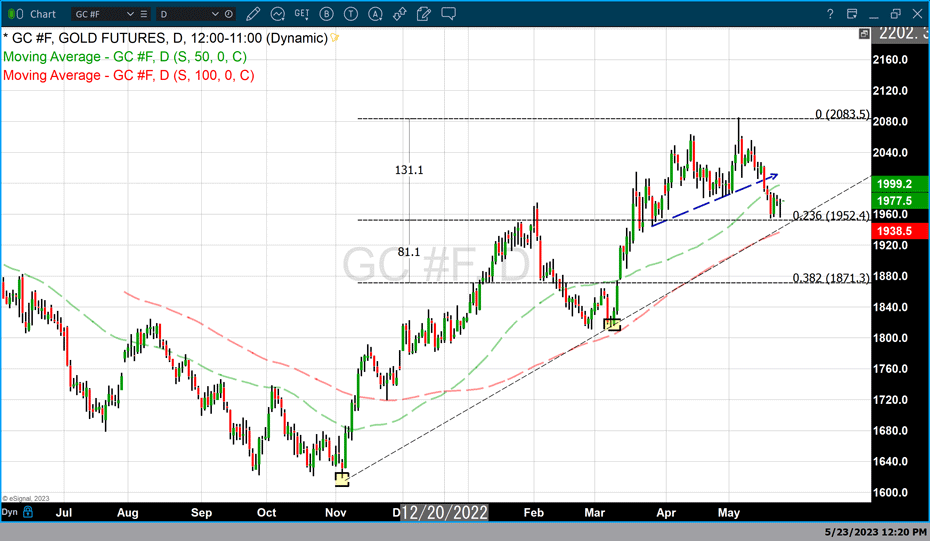
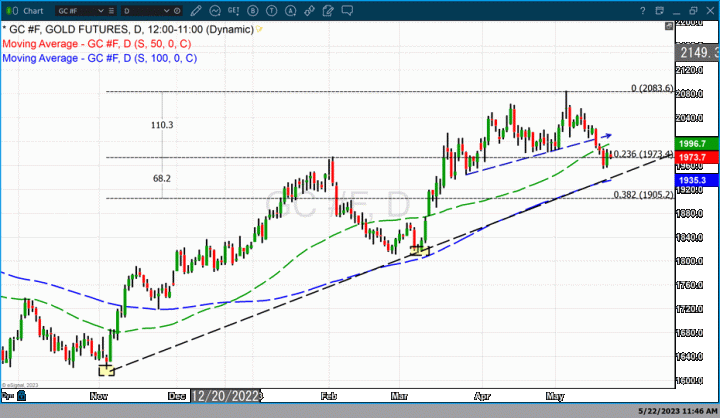
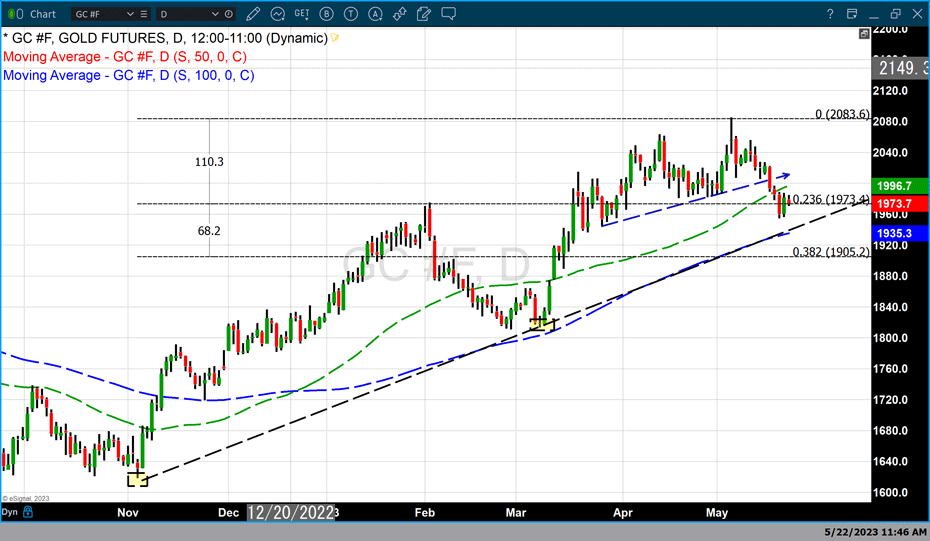
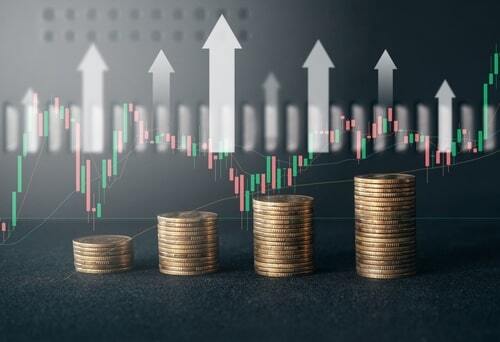
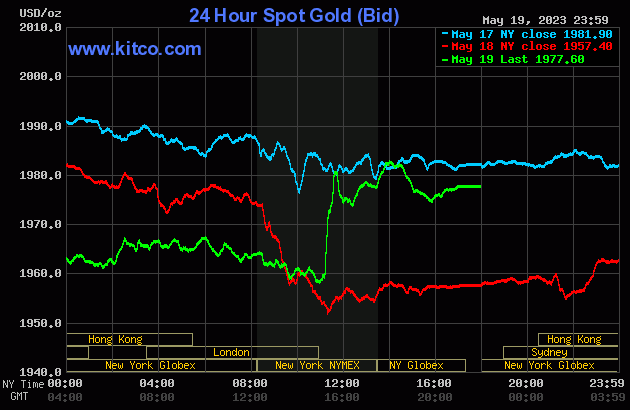




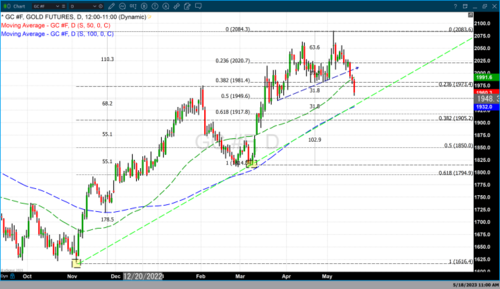
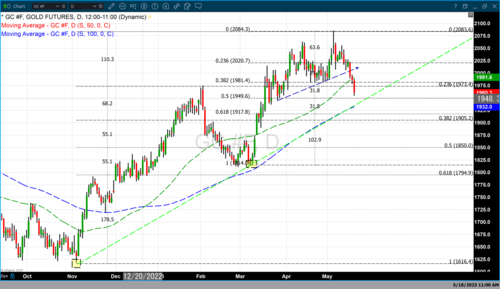

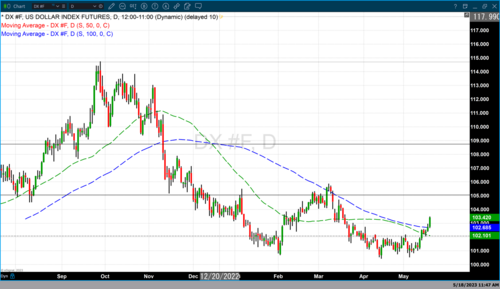
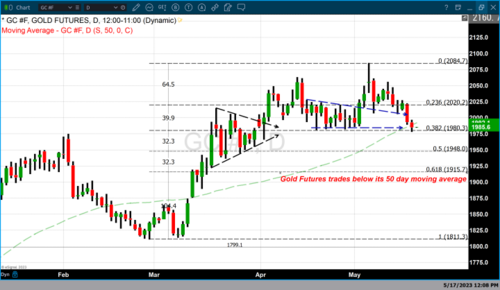
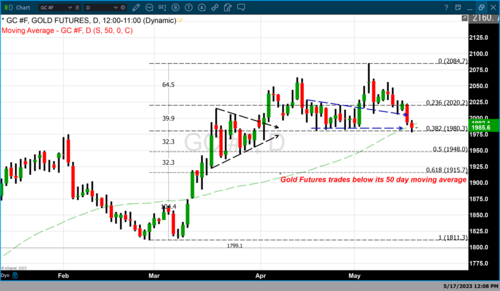
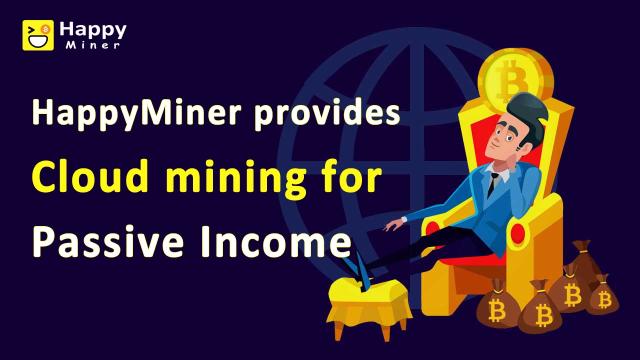
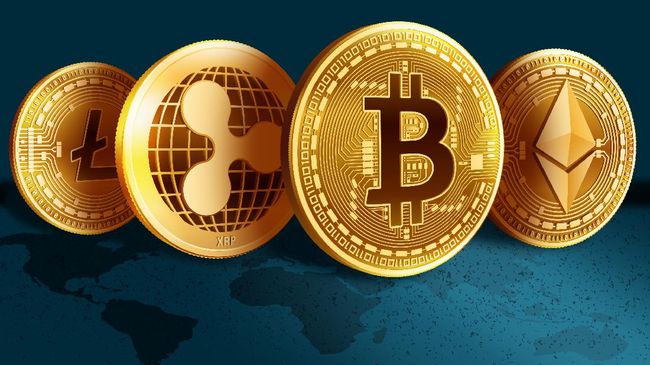
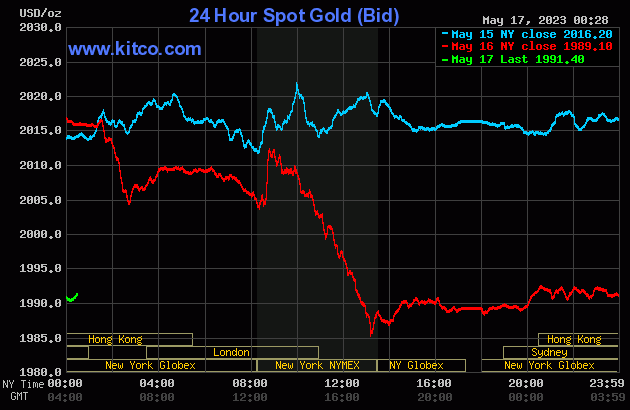
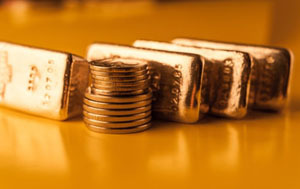 Gold price at risk of dropping to $1,900 as rally runs out of steam, markets pricing in Fed rate cuts too early, says ABN AMRO
Gold price at risk of dropping to $1,900 as rally runs out of steam, markets pricing in Fed rate cuts too early, says ABN AMRO